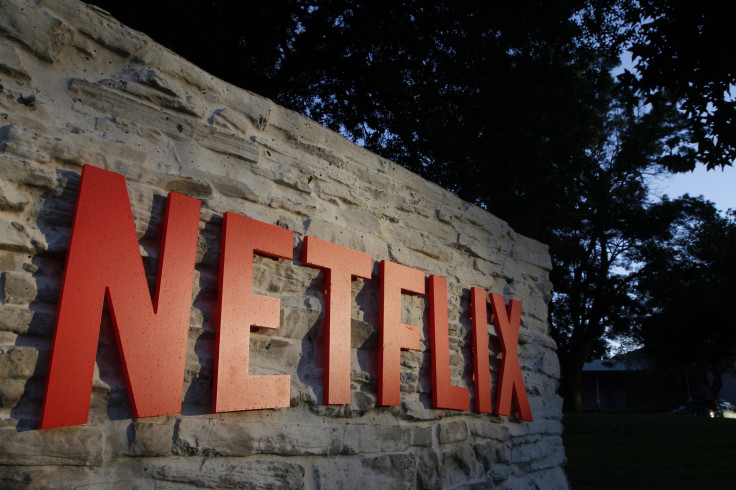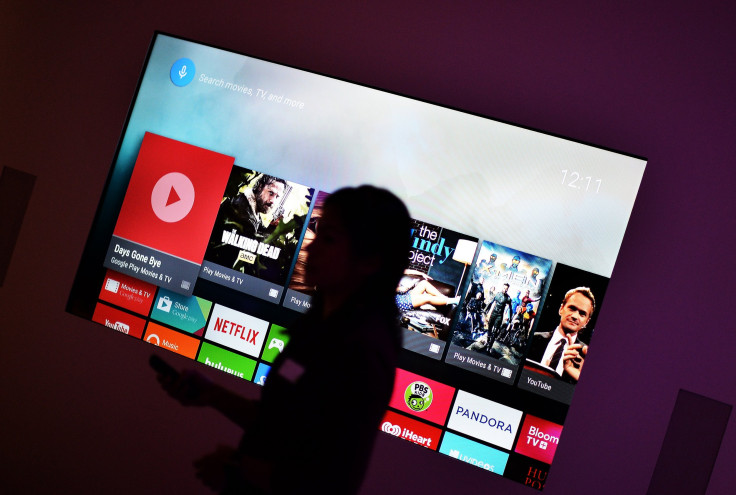Disney Leaving Netflix For Its Own Streaming Service Doesn't Matter Yet

Netflix’s catalog has long been built on movies and TV shows from outside studios, but the streaming service will soon lose a major contributor to its library. Earlier this week, Disney announced it would pull its films from Netflix by the end of 2019 ahead of the launch of its own Disney-branded streaming portal.
The move undoubtedly stings a little bit for Netflix, but the streaming service is also paying close attention to what Disney plans to do next. Disney’s announcement makes it the latest company to enter the streaming service marketplace and the conglomerate is following a trend that looks to significantly upend how you’ll find and pay for streaming movies or TV shows within the next few years.
Read: Cable Companies Join Netflix As Users Switch To Streaming Services
For its part, Netflix has long been aware of the limits of relying on third parties to build its catalog. Netflix’s pivot from a DVD mail rental service into a full-blown studio has been well-documented with series like “House of Cards,” along with its substantial investments in movies, comedy specials, TV shows and other original content. Among investors, the strategy has definitely been well-received: Netflix’s stock price has grown from around $9.00 per share in late 2012 to a current price of roughly $175 per share.
Amid streaming’s growth from a niche side service into a viable business platform, Disney’s move also reflects a growing attitude among traditional media companies. As these competitors witnessed Netflix’s development into a major player within the streaming market, they’d increasingly thought the same thing: why couldn’t we get our own service?
Within the past few years, it’s why consumers have seen a wave of exclusive streaming services hit the market. Alongside major players like Netflix, Hulu and Amazon Prime, streaming subscribers have seen the launch of services like FX+, CBS All Access, Boomerang, HBO Go and others. Tech companies have also been equally willing to jump into the streaming video fray: Facebook will launch its slate of original programming later this month and competitors including Snapchat and Twitter have already made moves to grow their programming schedule.

But at the moment, Netflix has one clear advantage over these competitors. Thanks to its established presence, the streaming service remains ubiquitous for users: you can find Netflix on platforms like smartphones, home TVs and video game consoles and its catalog features numerous TV shows and movies.
By comparison, the current wave of streaming services are defined by their limits. Each channel app comes with its own catalog of exclusive shows and separate billing plan and to cable-cutters who’ve longed for a la carte pricing, this upcoming ecosystem isn’t without some worst-case-scenario irony — you’ll finally be able to pay for each channel you want, but you’ll be paying more for the ability to do so.
In the short-term, the media industry is still very much in its adolescence when it comes to figuring out streaming. With virtually every channel, network or media company launching its own exclusive service, the market is bound to hit critical mass and contract, as streaming services figure out how many viewers want to join and either close down or consolidate with one another.
At the Television Critics Association press tour earlier this week via Adweek, FX president John Landgraf echoed the wariness among networks launching services in this new streaming landscape.
“I don’t think the average home is going to have 20 streaming services,” Landgraf said. “We’re talking about a very significant reordering of the structure of television... I don’t think anybody knows for sure where this trend shakes out.”

Similarly, few networks have currently gotten a handle on the potential fragmentation that comes from launching countless streaming services. Among networks, the upside for these services is clear — they’ll own these platforms and don’t need to license content through a middleman — but by siloing each of their back catalogs onto separate services, it makes it next to impossible for most individual networks to make a dent against a competitor like Netflix.
Read: New Netflix Original Shows, 5 Million Added Subscribers Boost Shares
The streaming service’s early successes are especially illustrative here. When Netflix first got into streaming, a big part of its appeal came from the depth of its library and ease of use: you could find shows and movies from virtually every major network or studio in the same spot all for one monthly fee. Right now, the prospect of constantly cycling between apps to watch new shows feels like a drastic step back and at the moment, it’s doubtful a meaningful number of consumers are willing to follow suit.
But at the same time, Disney is the rare class of company that could change these users’ minds. With its extensive back catalog of TV shows and animated classics, along with its Marvel and “Star Wars” properties, Disney’s library is one of the few that rival Netflix in sheer depth and its standalone service also represents a rare longer-term concern for the streaming platform.
In a market where every major media company has its own streaming suite — it’s not a stretch to imagine a possible package where Time Warner networks or various Fox sports and cable properties are grouped together for subscribers — the degree of difficulty gets multiplied significantly for Netflix, as its former partners gradually become direct competitors. It’s a future that Netflix has long prepared itself for, but for the streaming service and users, it’ll be here soon than both think.
© Copyright IBTimes 2024. All rights reserved.




















